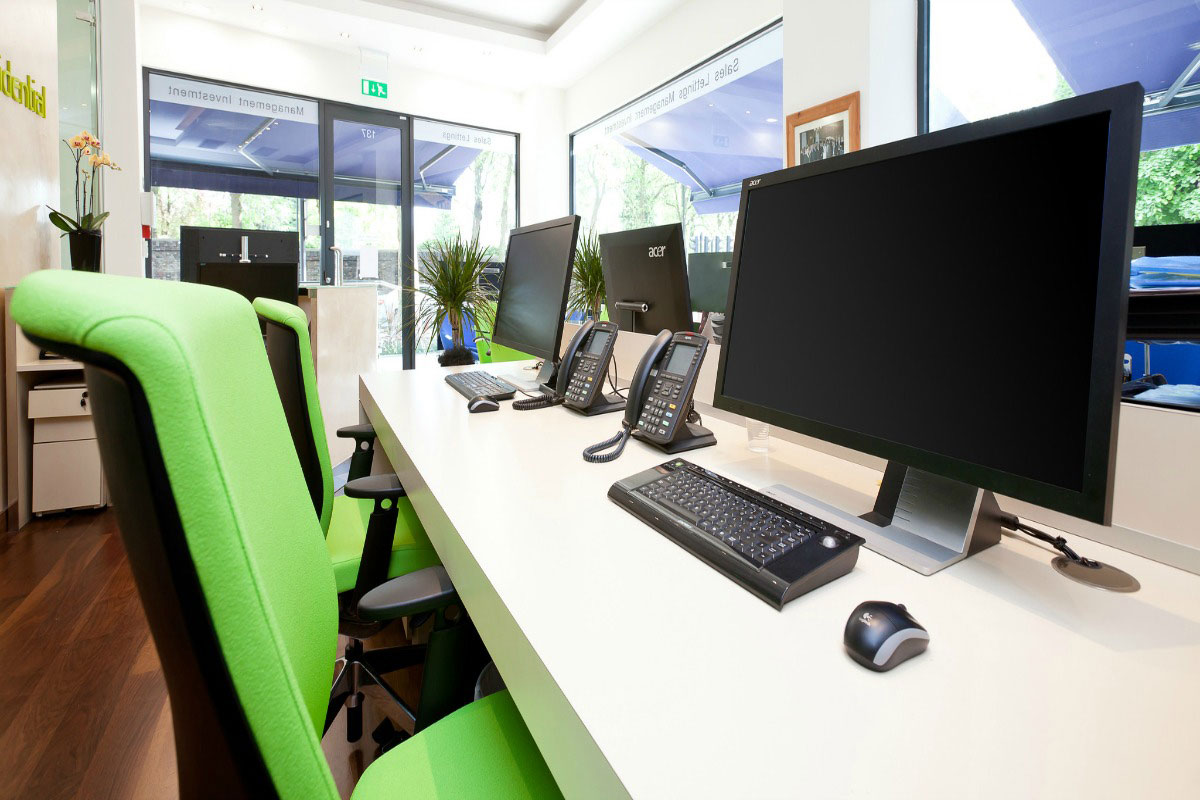
Traditionally many businesses have demonstrated their success with a very visible symbol. Just as historically various religions have impressed their congregations with stunning and significant architecture many businesses created their own “cathedrals” to show their importance. Still today there are many “statement” buildings that have wide recognition and are an important part of the brand projection for that business.
But there are changes happening, some by way of re-purposing buildings and some by way of businesses reviewing their working methods and questioning the need for so many acres of carpet.
On that first point I recently went past Fort Dunlop in the Midlands for the first time for a few years. The last time I had been past that iconic monument to the car manufacturing industry it was essentially a vast collection of smashed windows and unloved brickwork. It is now a Travelodge hotel in a thriving and bustling commercial area.
But just as buildings can be adapted, so can working methods and those can frequently lead, and perhaps should lead, to a review of its physical requirements by any business. That review can lead to benefit for the individual business, but also for the business community – and thus the wider community - as a whole.
On a wider scale, in our region, we are told that there is a shortage of good quality office and commercial accommodation. But are we collectively making the best use of the space that is available and is being occupied?
The growth in co-working accommodation is one recent demonstration that there is a clear demand for a flexible approach to the use of space, and that the concept of a person occupying a desk on a 9 - 5 basis 5 days per week is a very out-dated model.
Many of us would scoff at that concept, but how far away from it have we come? Do we still allocate a desk space for each individual to be able to work there all through the working week, even though many of our employees now work fewer than 5 days per week, or often work at home or on other sites?
Not so long ago the phrase “working from home” was greeted with a knowing smile and an assumption that perhaps a major sporting event might be the prime focus of someone’s attention.
However, various studies have shown that home-working can lead to higher levels of job satisfaction. In turn this is more likely to lead to greater productivity and many companies believe it helps to reduce staff turnover rates.
It is easy to imagine that the mutual trust between employer and employee when the arrangement works well is likely to lead to greater satisfaction, and loyalty that can work both ways.
The impact in respect of premises for an individual business can of course be that the total amount of space required at any one time is significantly reduced. If you also then add in the impact of technology eventually and slowly reducing the amount of paperwork that needs to be physically produced and stored then it becomes apparent quite quickly that many businesses are occupying more space than they need to.
For the particular business in question it means that they are effectively wasting money. For the wider business community it means that there is “bed-blocking” going on. If each business freed up some space more businesses could find a home. For the wider community more businesses finding accommodation may be likely to lead to more employment and greater income generation.
There are, of course, practical limits to how far a business can limit its footprint if it has requirements for physical production. Also, there are undoubted benefits to many businesses in providing a physical focus point for their teams either from the perspective of cohesiveness, supervision of particular processes. Whilst there are some “virtual firms” that have existed successfully for some years now, especially in professional services, I suspect that for the majority of businesses the importance of communal space will remain for many years to come.
Equally I suspect that many businesses would benefit from a true, cold and logical analysis of their actual use of space and its occupation rates. They might find the results both surprising and useful for their future planning.






